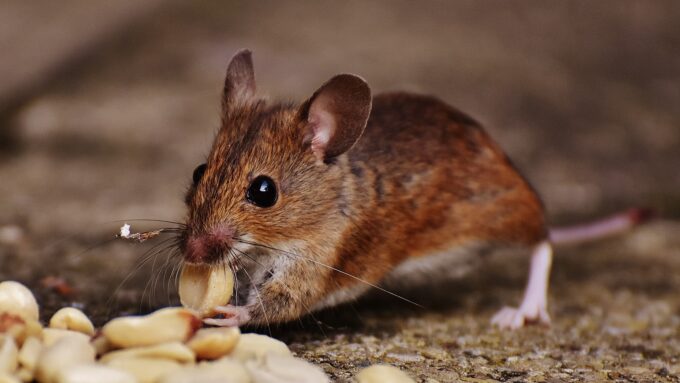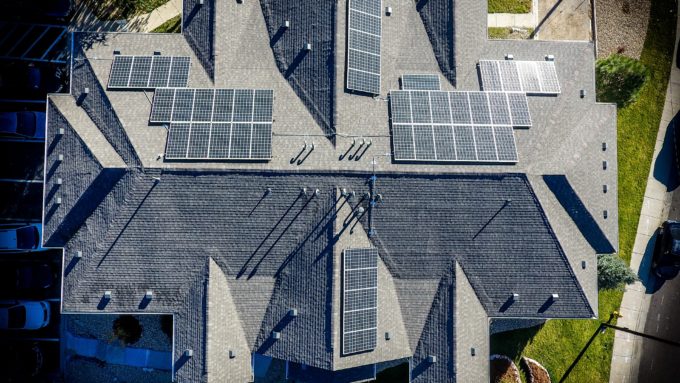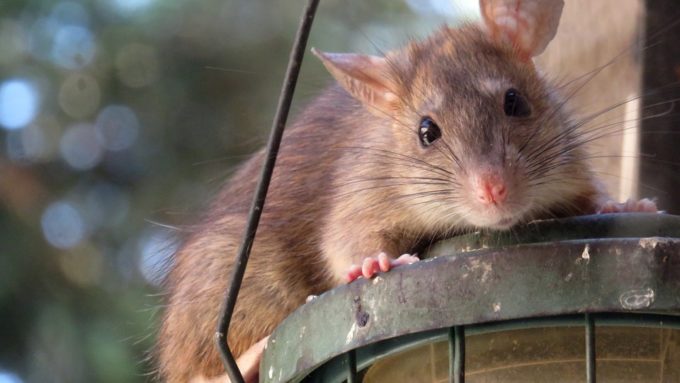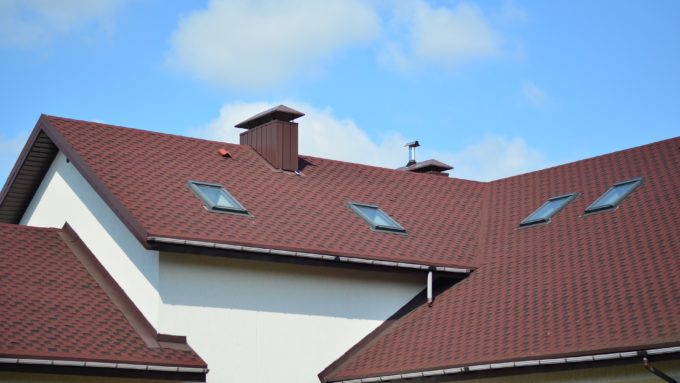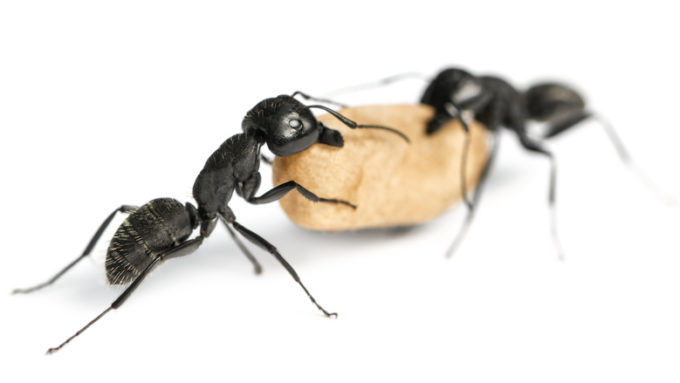While summer has its benefits, it also has a few downsides. One of the most common is the emergence of various pests. These not only are annoying to deal with but can sometimes cause serious structural damage. Below you’ll discover some to watch out for and how you can prevent them from getting near your home.
3 Regular Summer Pests
Ticks: Ticks might be small but they can cause serious problems, including Lyme disease. While they don’t necessarily cause structural damage, they can populate quickly. Because of this, if they enter your home you’ll notice they’ll spread swiftly through it.
Termites: Termites are yet another problem to watch out for. Known for their voracious appetite, these insects will slowly eat away at your home’s structure. This can cause it to shift and eventually crumble.
Ants: As with termites, ants can wear down your residence’s foundation. They enjoy wood and will build their nests in it. They’ll also send out brigades in search of water and food. Because of this, you might notice a large presence in your bathroom or kitchen.
How to Prevent Them
If you want to make sure to avoid having to deal with these pesky creatures keep these tips in mind.
Remove Standing Water: Many insects thrive with water puddles. These give them space to lay eggs. It also keeps them hydrated during the hot weather. By sweeping away the standing water or filling holes with gravel, you can naturally decrease their population.
Seal Cracks: Some pests will sneak into cracks to enter your home. This gives them the ability to walk through your walls and find an adequate area to make a nest. If you don’t catch them in time, they’ll quickly spread throughout your living space.
To avoid this, inspect your crawl space and foundation for cracks. You might also want to examine your windows and doors for any crevices. If you notice some, spread some caulking over them.
Clear Garbage and Waste: You’ll also want to be diligent at getting rid of loose garbage and other debris around your home. These can serve as both a food source and hiding spot for these pests.
If you must keep these items outside, make sure to place debris in thick trash bags. You’ll also want to do a thorough cleaning of the containers and area every so often.
Warm weather can unfortunately result in many unsightly and sometimes dangerous creatures. If you suspect your home might have some, contact RCS in Sonoma County. We’ll send a team out to inspect your residence and get to work eliminating any traces of them.

